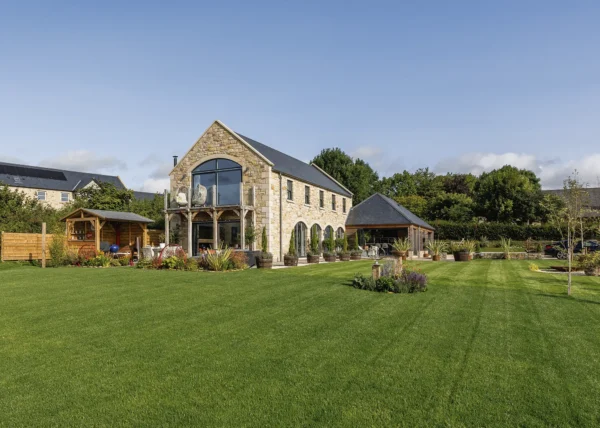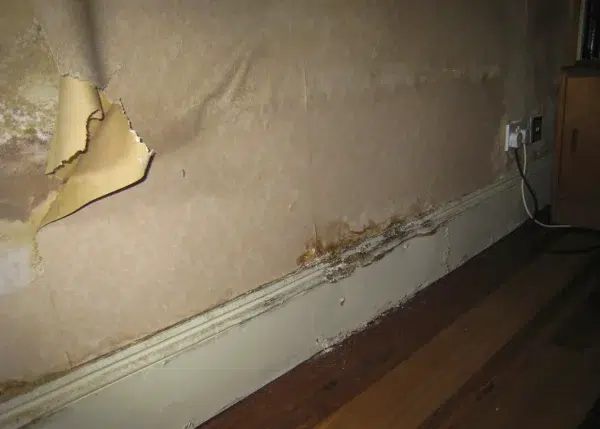- Plan ItBack
- Design ItBack
- Build ItBack
- Homes
- ProductsBack
- CostsBack
- Self Build Cost Calculator
Estimate your project costs instantly with Build It's interactive self-build cost calculator
Calculate Now - Costs & Finance
- Contracts & Warranties
- Build It Estimating Service
Get an accurate, detailed cost breakdown of your project
Submit plans
- EventsBack
- My Account
Q&As
How do I change a plot’s use from agricultural to residential?
6 November 2023
by Georgina Crothers
I’m looking into building my own home and am trying to find a plot in a rural, countryside location. However, much of what I’m seeing is intended for agricultural use. How do you know what kind of land is suitable for changing to residential use, and what are the parameters and potential constraints involved in the application process? What is the likelihood it will be approved?





































































































It is not easy to change the use of agricultural land or buildings into residential, as the planning system is generally against new residential development in the countryside. So, if you have an undeveloped field outside of a town or village, it is unlikely that you would be able to build a house on it. The planners prefer to see housing within settlements and on brownfield land.
There are some exceptions. For example, permission might be granted if the development can be shown to be a dwelling needed for someone working locally in agriculture or forestry (this is known as an agricultural tie). Consent might also be forthcoming if the home is of truly exceptional design (a so-called Paragraph 80 home). However, the criteria are difficult to meet, so these routes are unlikely to be of use to most people.
Reusing or redeveloping existing buildings is easier. So, you could get planning permission to convert a barn or other agricultural structure into a home, for example. In fact, there is a specific permitted development right, known as Class Q, which makes it easier to get permission for barn conversions.
If you need planning consent for a barn conversion, there are a whole load of policies that come into play, and these vary from council to council. You can take a look at them on the local authority’s website or contact the planning department for some advice. You can also look at other local applications to see how similar proposals have fared and get a sense of what is possible.
Martin Gaine (Build It’s planning expert)